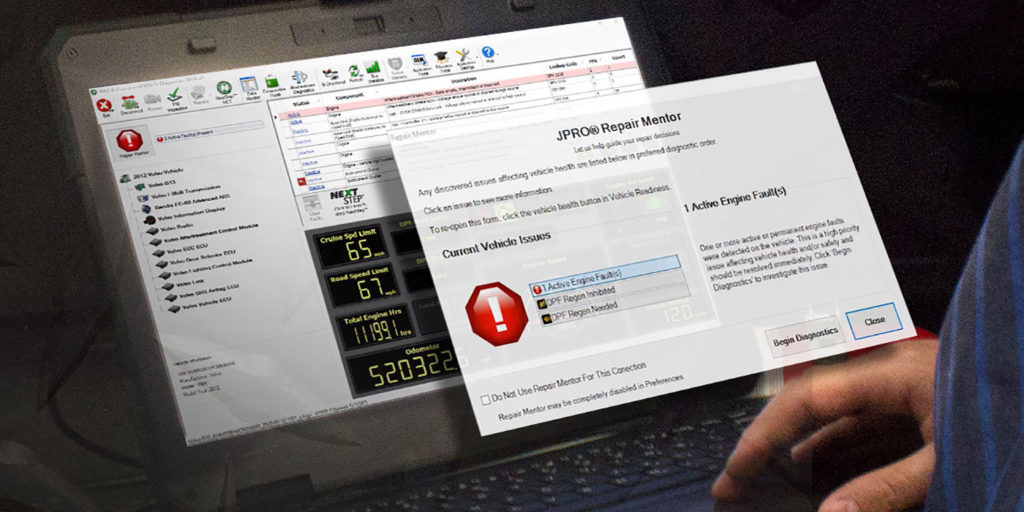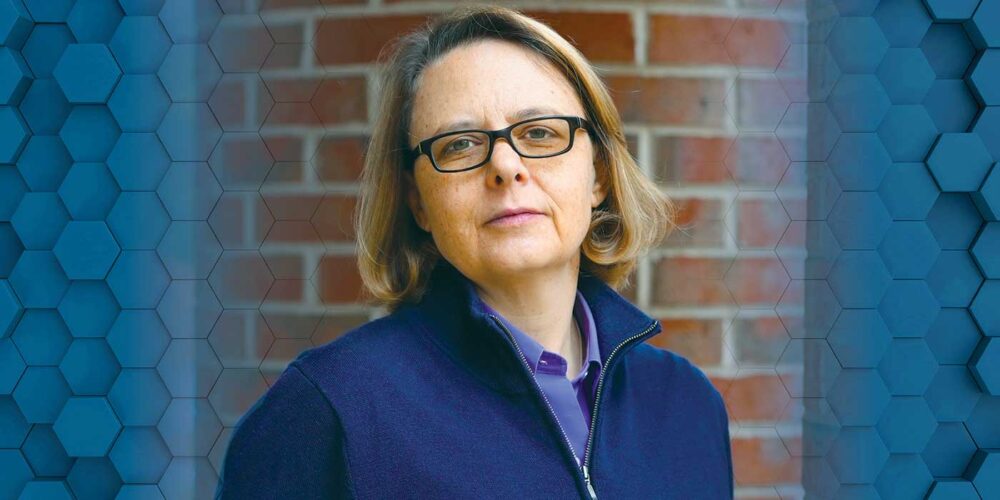Predictive maintenance is a practice that has captivated the trucking industry for years. The concept is simple: Rather than performing maintenance and repairs as a reaction to a malfunction, or based on intervals such as time or mileage, maintenance occurs when an algorithm predicts an impending failure. Though the idea is simple, the execution is not. It took years of hard work, including developing proprietary A.I. algorithms, to finally bring the concept to life and present a viable solution to the industry.
“Using predictive algorithms and data mining, we can predict that a fault will escalate into a more serious issue, with a percentage likelihood of escalation and a mileage range of when the problem will occur,” said Alec Johnson, TripVision product manager for Noregon, which recently unveiled predictive fault technology in its remote diagnostic tool, TripVision Uptime, a significant stepping stone for creating a predictive maintenance program.
Predictive maintenance benefits
Predictive fault technology gives decision-makers the information needed to take actions that reduce unexpected breakdowns, lower repair costs and maximize uptime. No matter what maintenance processes a fleet has in place, repairs inevitably must occur. Fleets can now address issues before a failure occurs, resulting in cost savings too significant to ignore.
“A truck can leave the yard completely healthy and still have unexpected issues arise during the trip, so it’s how you respond to those issues that impact uptime, on-time delivery rates and profits,” said Johnson. “Early detection, coupled with a proactive response, can be the difference between a two-hour repair or multiple days of downtime.”
Predictive maintenance relies on data—both in real time from the truck and historical fault logs—to formulate accurate predictions. Overwhelming amounts of data are collected to accomplish prediction. The key is not to overload the user with data and to deliver the findings in an easily digestible format. “Many faults won’t affect the truck’s ability to operate safely,” said Johnson. “It is important to give fleet managers the power to configure what information they would like to receive. With TripVision Uptime, we encourage them to set up alerts for the issues that matter to them, such as when a fault arises that is predicted to lead to a breakdown.”
Adopting technology
Now that the technology is commercially available, what are the hurdles in widespread, long-term adoption?
“A major issue is fleets gaining trust in the technology. As an industry, we’ve adhered to interval-based or need-driven maintenance for so long that it’s understandable why a maintenance manager would think twice about repairing or replacing a component that is yet to malfunction,” Johnson explained.
Fleets must see results and measurable ROI when adopting predictive maintenance practices. The first time a predicted result does not occur, the fleet may question if they wasted time and money on parts or trucks that do not need repairs. On the contrary, when a fleet uses the predictive recommendation that avoids a tow job, they can calculate savings and identify bottom line improvements.
Through benchmarking, fleets who adopt a predictive maintenance program can track costs such as parts and labor. Over a long enough sample size, fleets should notice that even when some repairs may occur more often than usual, trusting that the predictive recommendations will lower average repair costs and times, leading to greater profits.
The future of predictive maintenance
While this can seem as futuristic as you can get, it’s just the beginning for technology developers who are already at work at the next iteration of predictive solutions. So where do they go from here?
“The end goal is more uptime, fewer breakdowns and to do away with interval-based maintenance and inspections,” said Johnson. “Why waste valuable technician time inspecting a component you already know to be functioning correctly? Why bring in a truck for an oil change based on mileage when every driver drives differently, and each truck experiences different conditions? Routine inspections were historically needed to maximize the life of trucks and components, but with the real-time data and predictive analytics we have today, we can greatly improve the efficiency of that process.”
Ben Osborne is the marketing communications manager with Noregon Systems.













